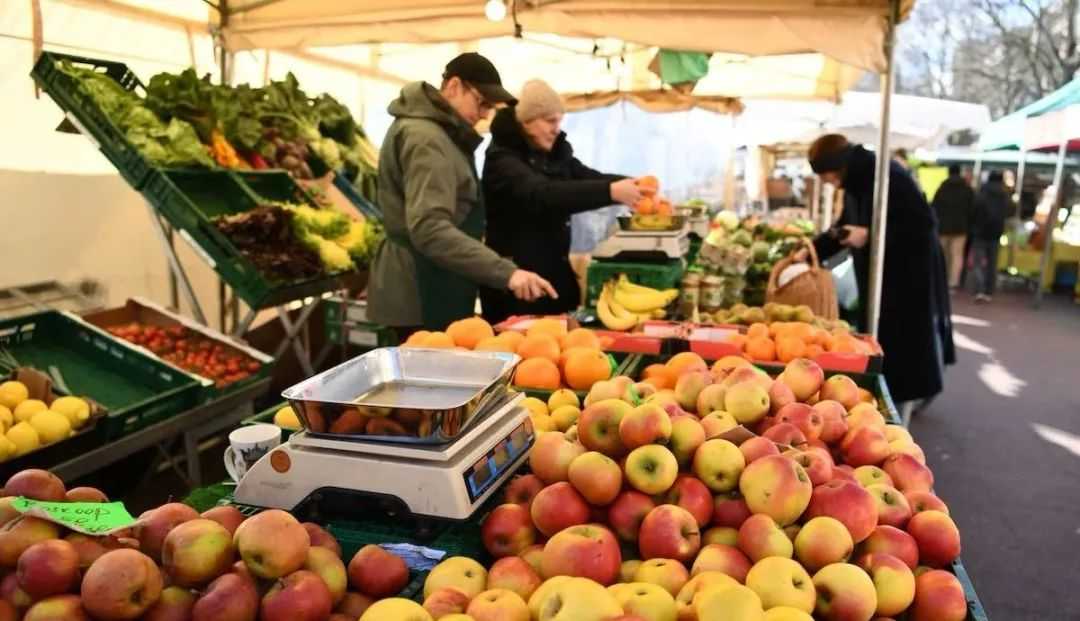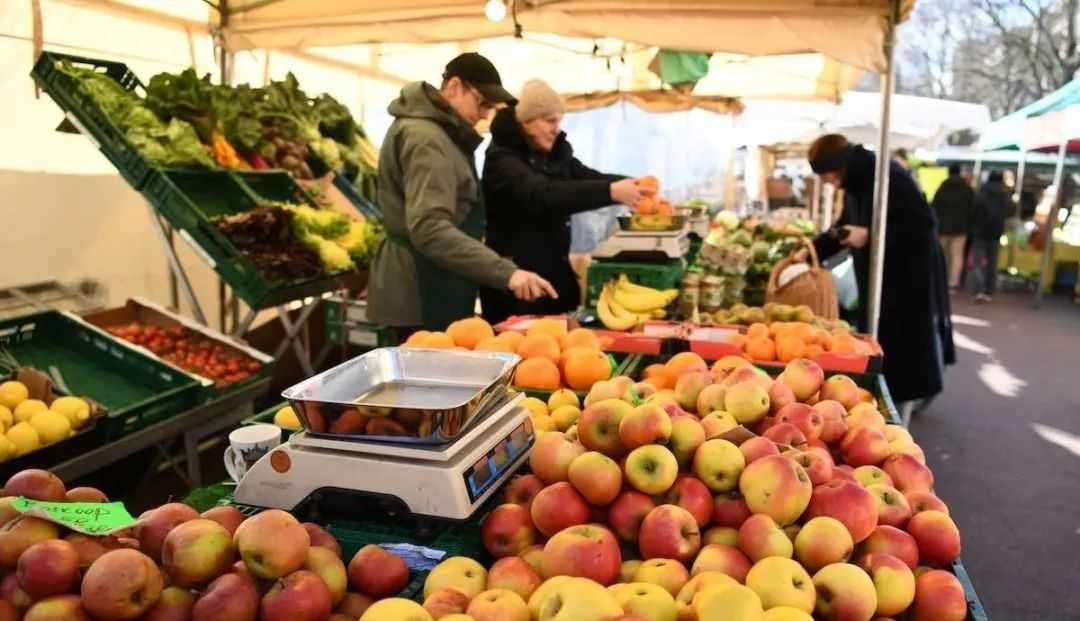Australian Consumer Spending Shows Signs of Moderate Recovery, Rate - Cut Expectations Strengthened
Australia's retail sales in March increased by 0.3% month - on - month and 4.3% year - on - year, expanding for the third consecutive month, indicating the resilience of household consumption. Food retail led the growth with a 0.7% increase, mainly due to the fact that families in Queensland stocked up on necessities in response to Hurricane Alfred, which significantly drove up the transaction volume of this category. However, catering services and department store sales declined by 0.5%, reflecting that non - essential spending is still restrained. There is obvious regional differentiation. Queensland, due to extreme weather causing the temporary shutdown of the retail industry, is the only region with negative growth.

Source: Images from the Internet, if there is any infringement, please contact the removal of
Meanwhile, the Producer Price Index (PPI) rose by 0.3% quarterly and 3.7% annually, and the inflation pressure eased marginally. The market generally expects that the Reserve Bank of Australia may cut the interest rate by 25 basis points to 3.85% on May 20, which will be the second round of easing within this year. The security group pointed out that the retail data will affect the monetary policy decision - making, but the current consumption momentum still depends on necessities, suggesting that the foundation of economic recovery is not yet solid.
If the interest rate cut is implemented, it is expected to further release the potential of household spending and relieve the drag of high interest rates on the service industry.









